Do you really know who King Ravana is?
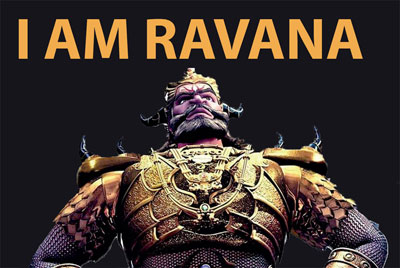 As soon as the name, Ravana gets caught in our ear, the next two names that show up are Rama and Sita. The story of King Ravana intertwines with that of Rama and Sita in classic text, and if Hindu legends are to be believed Ravana is one of the most powerful beings ever to roam on earth where he ruled with mighty power over gods, humans and demons. Ramayana portrays Ravana as a tyrant of mighty power who was holding the gods at ransom, and he continues to be treated as a blackguard in India even today. Yet this legendary emperor, King Ravana is unfolded as a great scholar, a devout follower of God Shiva, a powerful warrior, a musician, a marvelous inventor and most of all, as a ruler and a King in Sri Lanka. And today, with the time changing, many of us are not aware of the real history of King Ravana and our folk tales are pushed away without considering any valuable parts of them.
As soon as the name, Ravana gets caught in our ear, the next two names that show up are Rama and Sita. The story of King Ravana intertwines with that of Rama and Sita in classic text, and if Hindu legends are to be believed Ravana is one of the most powerful beings ever to roam on earth where he ruled with mighty power over gods, humans and demons. Ramayana portrays Ravana as a tyrant of mighty power who was holding the gods at ransom, and he continues to be treated as a blackguard in India even today. Yet this legendary emperor, King Ravana is unfolded as a great scholar, a devout follower of God Shiva, a powerful warrior, a musician, a marvelous inventor and most of all, as a ruler and a King in Sri Lanka. And today, with the time changing, many of us are not aware of the real history of King Ravana and our folk tales are pushed away without considering any valuable parts of them.
So, I take effort to put in black and white, the facts that I have found through research papers, written text and evidences, with regarding to who King Ravana truly is. According to Hindu mythology, Ravana is a descendant of ‘Surya Wansha’ of ‘Hela Yakka’ tribe (ancient Sinhala tribe) and was born to a great sage Vishrava and his wife, princess Kaikesi. Bisrakh is claimed to be his birthplace and his grand father, the sage Pulastya, was one of the ten Prajapatis or mindborn sons of Brahma and one of the Saptarishi or the Seven Great Sages during the age of Manu. Ravana’s siblings include Vibhishana, Kumbhakarna and Ahiravana and a step brother, Kubera. It is said that Ravana ruled Sri Lanka for several hundred years prior to the times of Ramayana. Yet some believe Ramayana to be semi-fiction woven around a real King who ruled over Sri Lanka from 2554 to 2517 BC.
Ravana is described as a figure with ten heads which creates a creepy image of him in our minds. Dusshera, a festival celebrated in India where pictures of Ravana are destroyed to symbolize the defeat of Ravana to Rama was held last month and therefore we did come across the image of the tenheaded Ravana recently. However, in Bisrakh, the birthplace of Ravana strongly identify Ravana as the tragic hero of Ramayana, and they do not hold the annual Dusshera festival but mourn Ravana’s death. In all other parts of the country, the celebration of Dusshera culminates with burning of effigy of Ravana marking his killing by Rama. The nine days of Navratra ending in Dusshera are observed by the people of Bisrakh as a period of mourning where they offer prayers for peace to the soul of Ravana and perform Yagna- means sacrifice, devotion, worship, and offering.
Referring to the ten heads image of Ravana, according to literary study, historians, and professors, I found that this ten-headed Ravana symbolizes many other things and not the fact that he had ten heads for real. Indian people are in a point of view that these ten faces indicate the ten abnormal powers, abilities or knowledge of Ravana. As mentioned in the Hindu religious books, King Ravana had the dominance of ten areas and he has been introduced as ‘Dasha deshadhipathi’ in those books. In the Varaigapauranaikaa leaf book, King Ravana is introduced as ‘Yagu Kaurana Mantaka Dasha Shirshapathi Sri Ravana’ , meaning according to ancient Yakkha language, ‘One who completed all the requisites’. Further, Dr. Mirando Obeysekara who gives the definition for this Dasis (ten-headed) title, says “There were ten areas throughout the world which were ruled by the Sri Lankan emperor, therefore he was known as Dasis”.
As a result of being the emperor of these ten lands, he was introduced in various names like Dashanana, Dasha Shirsha, Dasis, Dasa giri. Scholars present various opinions regarding the meaning of these titles. “One can state, these stories which tell about the man who had ten heads, are false and fallacious. But these beliefs came in to the society and have been coming along for thousands of years. There may be some exaggerations in legends and some symbols. The importance is to identify the meanings of the symbols. As told in the Ramayana, Hanuman who was a monkey, major of Rama’s army, informed to Rama that the kingdom of Ravana is a golden city and he has destroyed that. One, who can immobilize Mercury, is able to make gold and make a golden city.
As mentioned in history of Ayurveda, King Ravana had special knowledge about ten subjects, therefore he was known as Dasis Ravana.” - Suriya Gunasekara (as mentioned in Hela Ayurveda) Furthermore, referring to ancient Theism beliefs, it is clearly depicted where lots of hands and heads have been added to God’s figure to represent their strength and vast knowledge. Power, abilities and strength were represented in symbolizing exaggerated ways by special physique. Anyway, bottom line, these ten heads represent his knowledge of the six Shastras and the four Vedas. Those ten skills can be stated as follows;
- Language and Mathematics
- Law and politics
- Architecture and city planning
- Philosophy and knowledge of soul
- Technical knowledge of physics
- Esotericism and juggling knowledge
- Arts
- Sri Lankan traditional medicine (Hela wedakama)
- Astrology
- Fighting skills and battle techniques
Ravana, as I have mentioned above, is a powerful, intellectual King and there are many tales, both fiction and non fiction woven around him. More interesting facts about him, that you may have not come across so far, would be revealed in the following weeks.
Hiruni Dasanayake
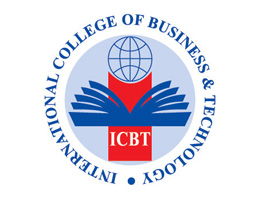

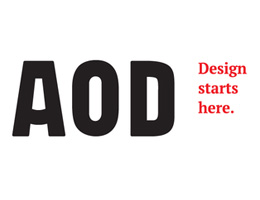
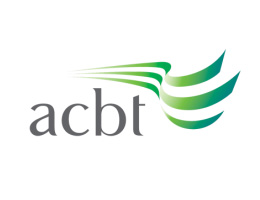
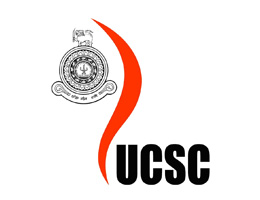



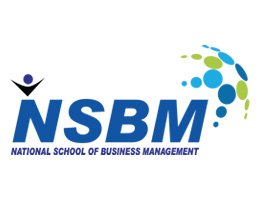
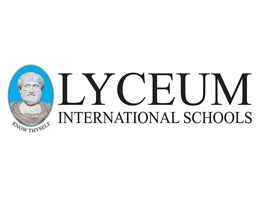

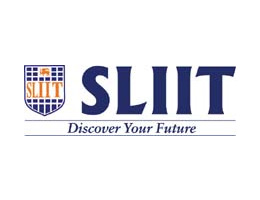


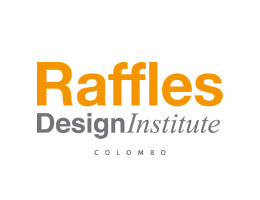


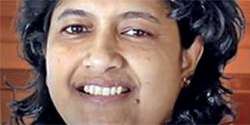

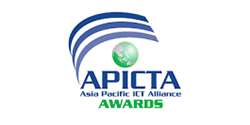


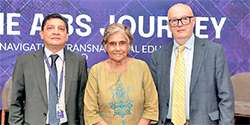
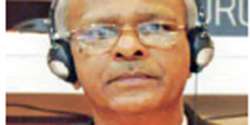
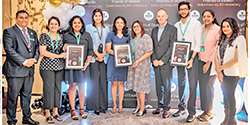
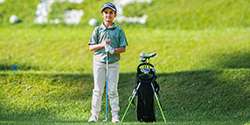
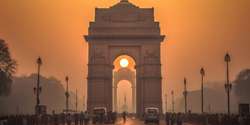
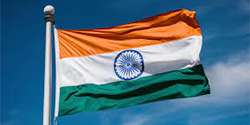
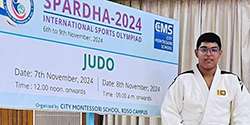


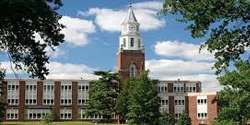
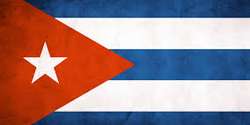
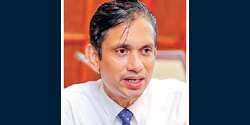







.jpg)

.jpg)
.jpg)
.jpg)
.jpg)
